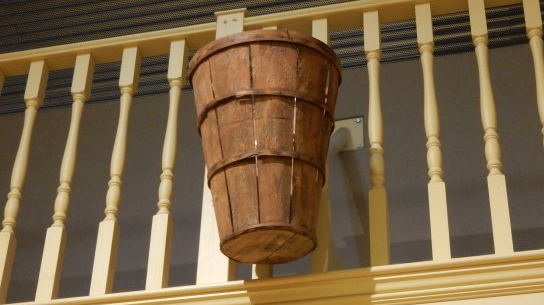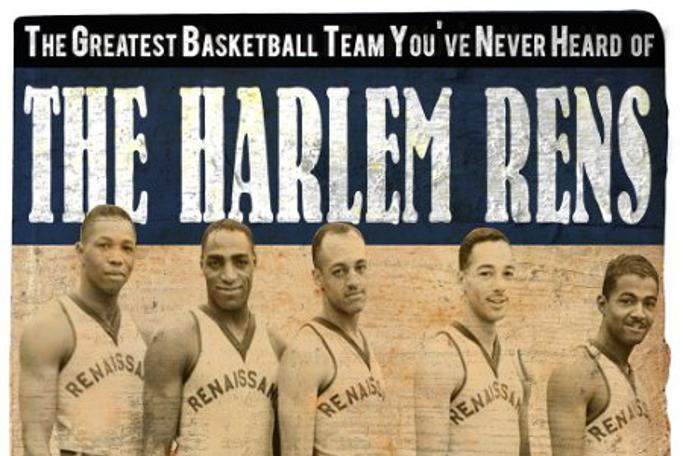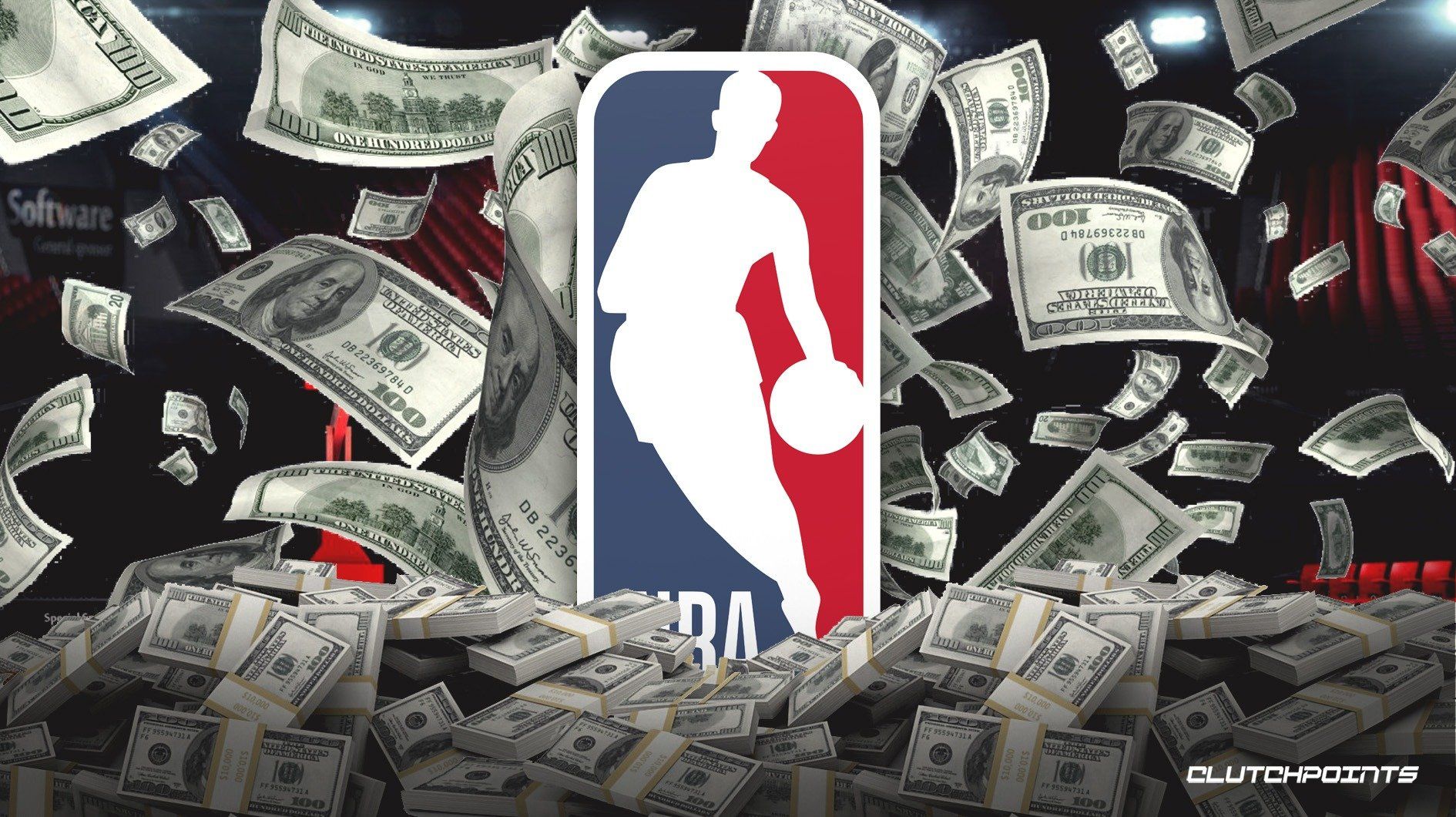
The Evolution of Basketball
"To everything, there is a season, A time for every purpose under heaven… A time to keep, And a time to throw away…" Ecclesiastes

"Dr. Naismith, with all of his imaginative planning, could not have dreamed his "Peach Basket" game would become the world's greatest indoor sport. Although the original 13 rules have expanded to over 100, the spirit and principles of the original rules are still in effect today. Major rule changes over the years addressed the number of players, the court boundaries, dribbling, and the elimination of the center jump after made baskets. In the mid-1930's inter-sectional competition led to a standardization of rules throughout the country."
Basketball's Evolutionary Time Line
¨ 1891 A soccer ball, two peach baskets nailed to the balcony and 13 rules. There is only one rule from the original 13 that remains as it was in 1891. Originally, a successful goal was counted as one point, and one point was given anytime three consecutive fouls were called on the opponent.
¨ 1892 Peach basket is replaced by a heavily woven wire rim.
¨ 1893 Cast iron rims replace woven wire rims.
¨ 1894 The first basketball manufactured. Spalding took over as the official manufacture in the late 1890s.
¨ Free throws introduced. Both free throws and goals counted for one point. The free-throw line established at twenty-one feet from the basket and anyone on the team could shoot the free throw.
¨ 1895 Wire mesh backboards introduced to prevent spectators in the balcony from interfering with play.
¨ The free-throw line moved to fifteen feet.
¨ 1896 Rules adjusted to count made goals to count as two points.
¨ 19871897 Five player teams become standard after years of experimenting with up to 50 players per team. Initially, teams had nine players.
¨ 1901 The dribble was introduced with a rule that allowed a player to bounce the ball once. However, a player could not shoot the ball but had to pass it.
¨ 1904 Wood backboards replaced wire mesh with backboards becoming standard equipment.
¨ Straight lines defined Court boundaries, however, possession of the ball, once out of bounds, determined by the first team to the ball.
¨ 1909 Continuous dribbling and shooting the ball out of the dribble allowed. Double dribble instituted at this time, which means a player could dribble the ball with both hands simultaneously.
¨ 1911 The number of fouls required for disqualification increased from two to four.
¨ 1912 Open-ended nylon nets approved for use. Opening the rim and allowing the ball to free fall had a significant influence on increasing the pace of the game.
¨ 1913 Out of bounds rule changed to the current rule: The team who last touched the ball loses possession.
¨ 1916 The backboard extended two feet from the wall to help prevent players from running into the wall.
¨ 1932 The half-court or midcourt line established to prevent teams from using the entire court to stall the game.
¨ 1933 The 10-second rule was established requiring teams to advance the ball up the court and over the midcourt line within 10 seconds.
¨ 1936 Basketball is an Olympic sport for the first time. The United States won the gold.
¨ The three seconds in the key rule implemented.
¨ 1937 A jump ball followed every made basket.
¨ 1944 Goaltending rule implemented making it a violation for the defensive player to touch the ball on its downward arch.
¨ 1945 Unlimited Player Substitutions allowed. Before 1945, basketball had gone through several changes, moving from players cannot return to a game after substitution to the current approach to player game management.
¨ 1949 In-game coaching allowed. Before 1949, coaches could only coach before the game and at halftime.
¨ 1951 The "key" or "Lane" was widened from 6 feet to 12 feet wide (International and NBA Keys are 16 feet in width)
¨ The number of fouls required for disqualification increased from four to five.
¨ 1954 The NBA introduces the 24-second shot clock. The International Basketball Federation introduced a 30-second shot clock in 1956.
¨ 1958 Basket interference for offensive players was established.
¨ 1961 The ABA introduced the 3-point line. The International Basketball Federation adopted the 3-point line in 1967. The NBA adopted the 3-point line in 1977; the NCAA followed in 1980.
¨ 1967 – 1977
¨ The Lew Alcindor Rule implemented in college basketball, which outlawed dunking.
¨ 1981 Jump ball after each basket eliminated and alternate possessions were established.








